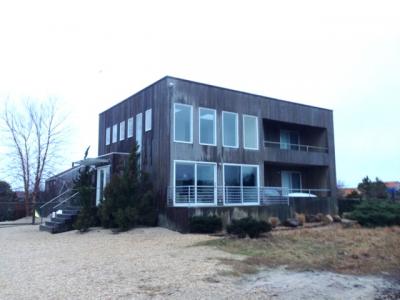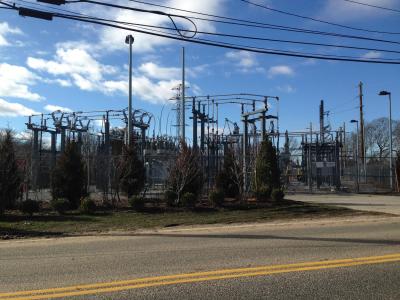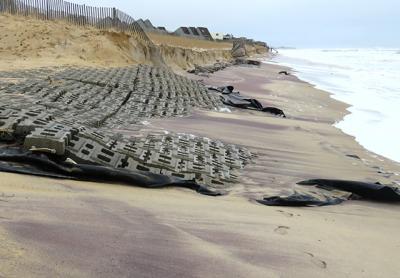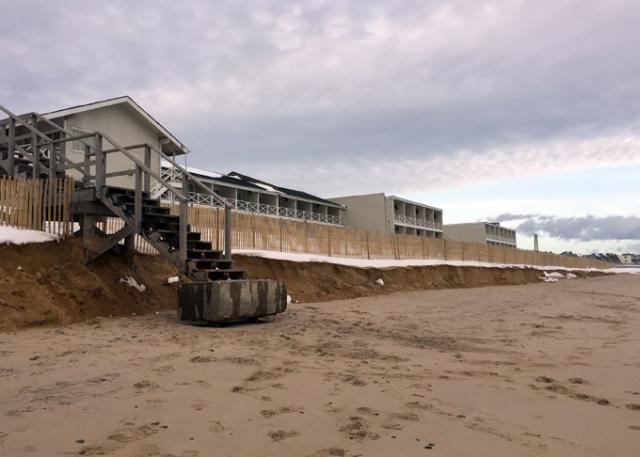Oyster ‘Garden’ Proposed
Oyster ‘Garden’ Proposed
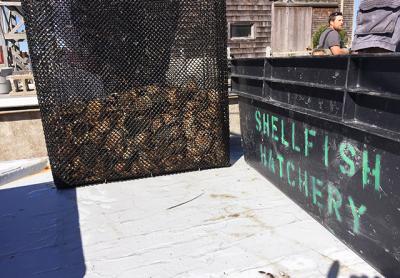
The 2016 pilot program in which individuals and families participated in a community oyster garden in Three Mile Harbor should be expanded to Hog Creek, the director of East Hampton Town’s shellfish hatchery told the town trustees on Monday.
Barley Dunne, who heads the hatchery, which seeds town waterways with juvenile oysters, clams, and scallops each year, suggested expanding the program, which was considered successful last year. Known as the East Hampton Shellfish Education Enhancement Directive, or EHSEED, it is modeled on Cornell Cooperative Extension’s Southold Projects in Aquaculture Training (SPAT) on the North Fork.
Under New York State guidelines, participants are limited to 1,000 oysters and can harvest half that number. Residents of the town would be given priority to take part, Mr. Dunne said. The cost, approximately $250 per individual or family, would include oysters, gear, and instruction. The program encourages residents to be stewards of the environment while enhancing shellfish stocks. A single adult oyster can filter up to 50 gallons of water a day, while the gear provides habitat for crabs, nursery fish, and other marine life.
It could begin as early as this month, with lectures at the hatchery, in Montauk, that would cover topics including biology, spawning, proper handling, diseases, and predators. In the summer, grow units, which Mr. Dunne described as floating cages, would be seeded.
A party to launch the effort is tentatively planned for June 3, Mr. Dunne said.
Alex Miller, who took part last year in Three Mile Harbor, spoke in favor of expanding the work. “I found my experience of this past year to be one of the most exciting and wonderful programs that I’ve ever been involved in,” he told the trustees. “I look forward to the kickoff of the season ahead.”
Mr. Miller, who said that he has noted a degradation of Hog Creek’s water quality since the 1970s, told the trustees that enthusiasm for a second oyster garden is strong among his friends, family, and co-workers.
Mr. Dunne said that one of the waterfront properties acquired by the town using community preservation fund money might be used as an access point to the oyster garden, the site of which has yet to be determined.
Trustee Diane McNally expressed support for the program, “but there’s always been a part of me that weighs that with privatizing of the public bottomlands.” She also cautioned her colleagues to ensure that baymen, “who are relying on their harvest of shellfish for their livelihood,” would not be adversely impacted by a community oyster garden.
Over all, however, the trustees were supportive of the program’s expansion.

